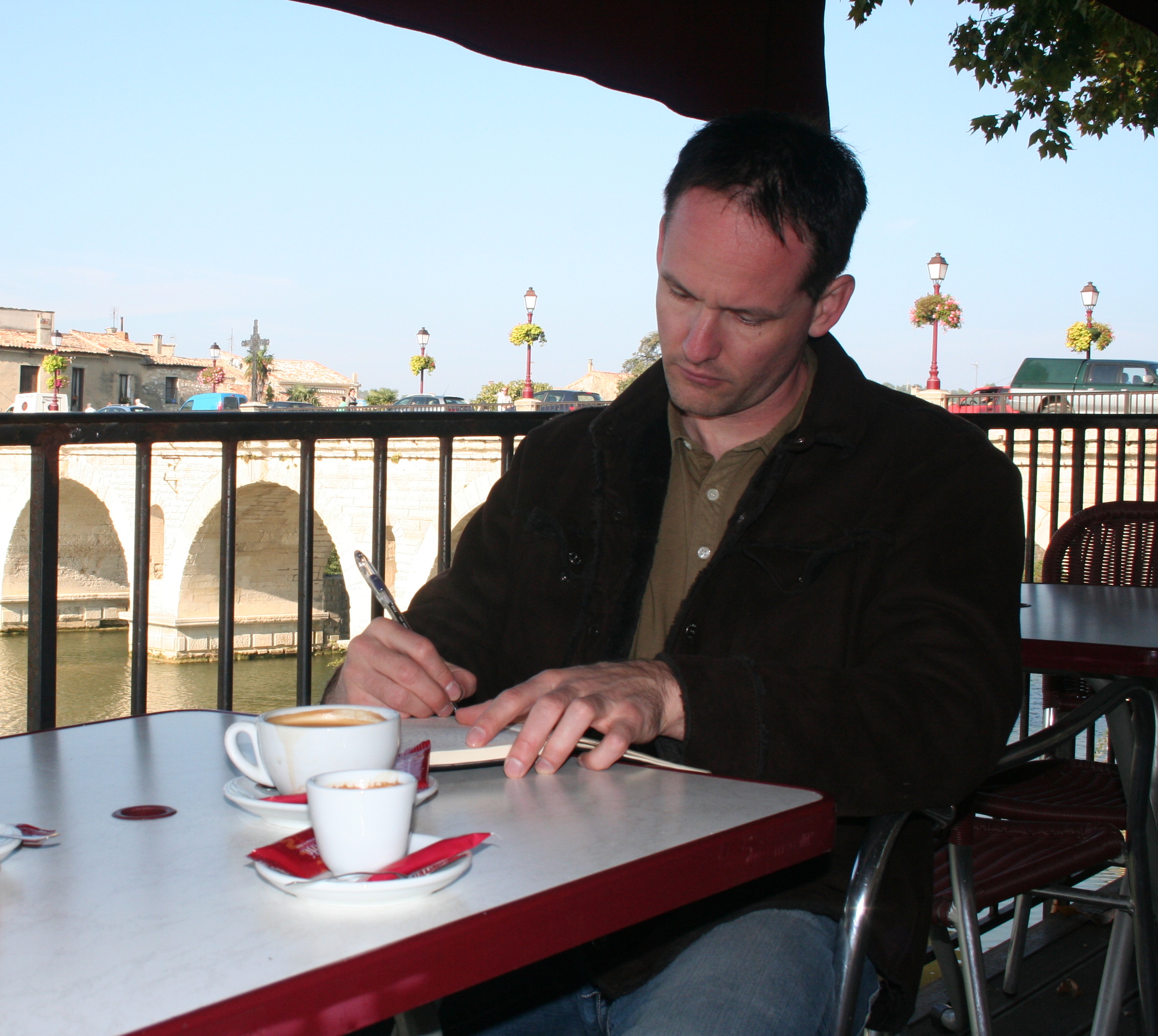
A reader named Bill dropped me a line last week to ask about how I journal when on the road. I’d never thought about it before, but it’s a really great question, and it depends a lot on your goal.
When I went to Central America in 2000, I knew I wanted to write the book that would become Vagabond Dreams, and so I took very detailed notes right from the start.
I learned a lot on that trip, and I learned even more when trying to write those journals up into a book. I kept better and more detailed notes when I set out on my next long solo journey to Mongolia, Tibet and Xinjiang. Working on my notes was my biggest priority each night, because the more you write on the road, the easier it’ll be to pull a book together afterwards.
But writing a book isn’t Bill’s problem:
Hey Ryan – I am currently digging into your book Vagabond Dreams. It’s a really captivating read with so much detail. I was curious if you’d written an article or blog post on what your method is for journaling? I am about to embark on a long trip and want to be able to capture memories yet still be able to live in the moment of travel. Appreciate any thoughts or insight you might have.
If your goal is to experience your journey fully in the moment while still bringing back detailed memories to sift through years or decades later, then you’ll want to focus more on the former and not become a slave to the latter. But what you record can still be very similar.
Let’s start by talking about “how”, and then we’ll get to “what”.
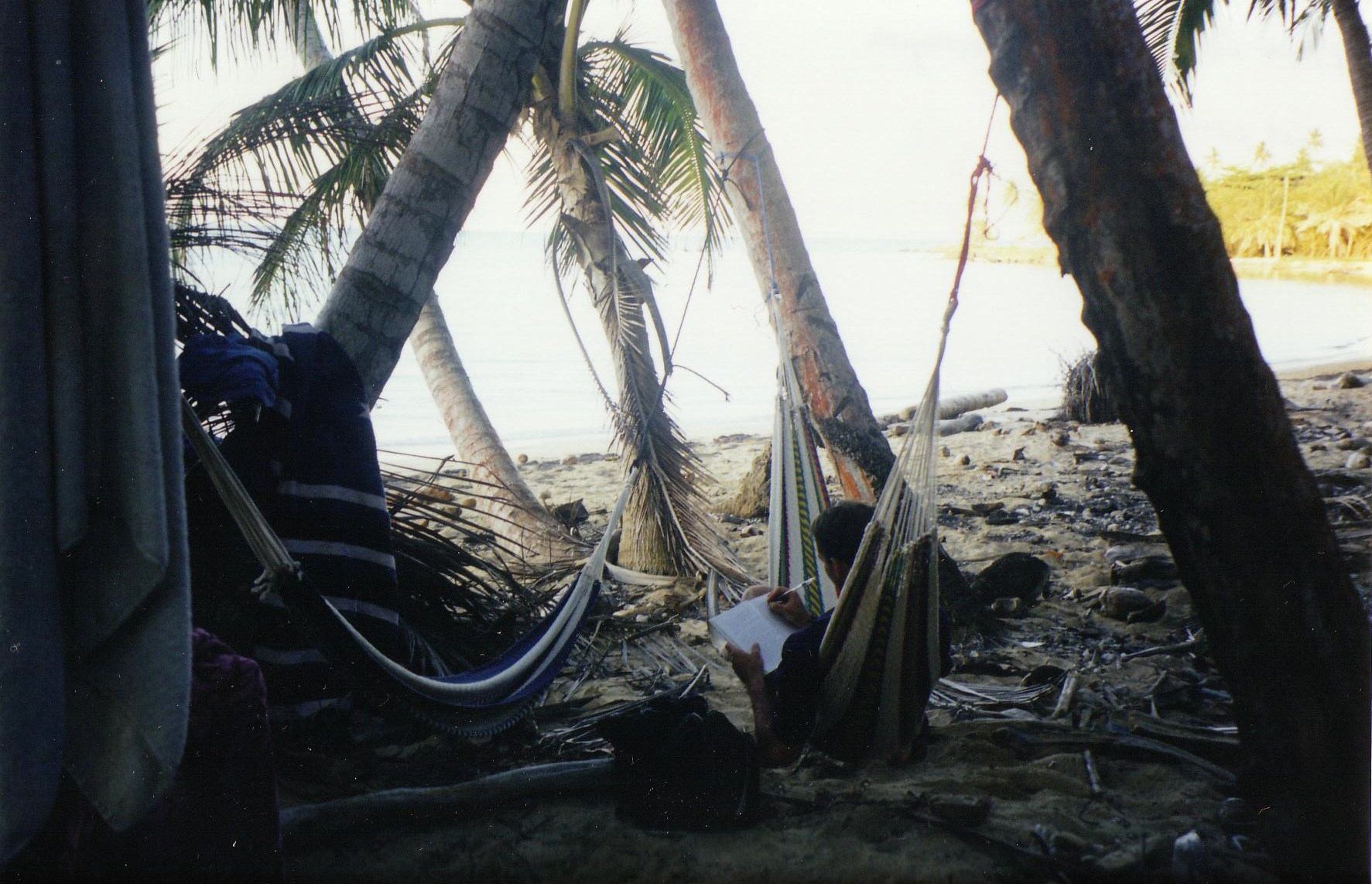
I carry two notebooks on all my trips: a small notebook I can slip in my pocket, and a larger notebook with lots of pages and small line spacing, with a fine point pen to cram as much in as possible. I write very small.
As an aside, a doctor friend once told me that small handwriting is a sign of high intelligence. I noticed my writing getting smaller and smaller after he said this. I like to think it was because I was getting smarter, but observer bias is probably closer to the truth.
Anyway…
I carry the small notebook in my pocket everywhere I go. I use it to jot down quick notes throughout the day, impressions, sketches, and sequences of events. All that boring “first I did this, then I did that” sort of stuff, mostly so I’ll remember exactly how each day played out. That’s especially important if I’m on the move and don’t have time for step two until a few days later. I always include enough to spark those fresh memories and recall them in greater detail.
I pull out that large notebook, every night if possible, to transcribe those notes and rewrite them with as much detail as possible, editing out the irrelevant as I go. That notebook stays in my main backpack, inside two separate zip lock bags to protect it from water and dust, and I never check it as luggage beneath the plane. When I move from place to place, I carry it with me in a smaller shoulder bag which never leaves my sight.
So what goes into that larger notebook on a trip?

One thing that doesn’t is guidebook stuff. Don’t spend time writing out the sort of mundane facts you’ll see on descriptive plaques at museums or in brochures. Historical details, timelines or anything you can look up online — unless it’s directly relevant to an observation you want to make. You can add those things later.
I focus on recording personal impressions. Can I describe a place in a unique way? How do I see this landscape? How does it smell and sound? How does it make me feel?
I also like to write down any memories that come up. Does a landscape, encounter or interaction call up something from the past? A memory, or a story, or an emotion? Explore it in detail. This is The Road teaching you about yourself.
Another thing I learned to record as much as possible on my second long trip was dialogue. Capture those key phrases and memorable conversations, inside jokes or deep discussions. They’ll it take you right back there, and they’ll remind you what you thought at that time, your grand theories of life and your fundamental worldview. Capturing actual dialogue as it sounded will also allow you to recreate conversations. You can apply a novelist’s ear to your rewrites if you remember the rhythms of how someone spoke.
Your big notebook is also the place to record phrases in the local language, how you learned them, and any funny or memorable instances of using them.
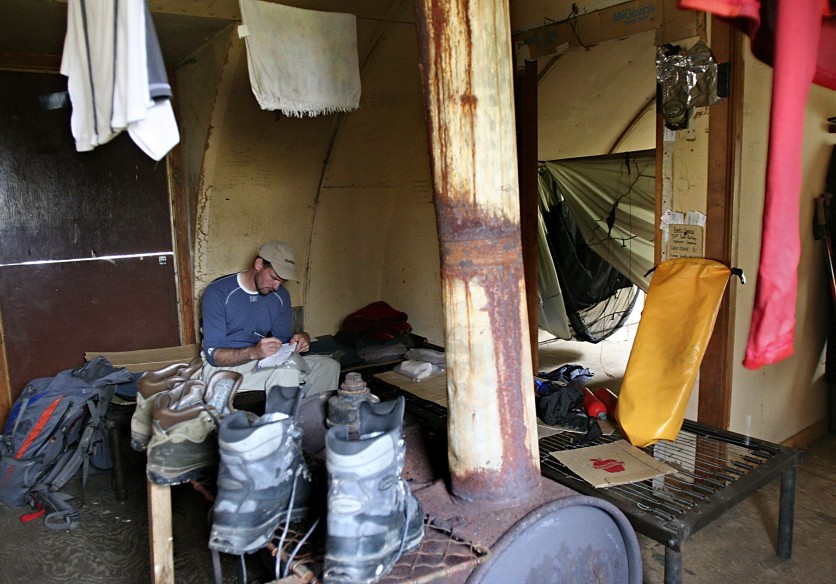
I also record my route in detail, and if it’s an expedition, I’ll write down GPS waypoints for where I camped, or other significant locations from my trip. Those small details and landmarks help me to retrace my route on a map even decades later.
Your journals, just like your trip, will be shaped by the research and reading you did before you set out. That pre-trip knowledge adds depth to your observations and your writing. But you’re probably reading something on those long bus and train trips, too. Include that, and maybe also note down any observations or lines from the book that relate to your trip. I still remember exactly where I was when I read Graham Greene’s Journey Without Maps (in a village called Playas del Coco on the west coast of Costa Rica, sitting on a bench looking at the sea) and Cervantes’s Don Quixote (camped in the middle of the Gobi Desert in Mongolia).
What about music? Are you listening to something? How does it alter or shape what you’re seeing? Does it form the soundtrack of your trip? The music of The Church has often formed mine. Central America will always be Starfish and Gold Afternoon Fix. My Mongolia is haunted by After Everything Now This and the b-sides of A Quick Smoke at Spots. And Japan is Remindlessness at 3am when the writing was finished but I still couldn’t sleep.
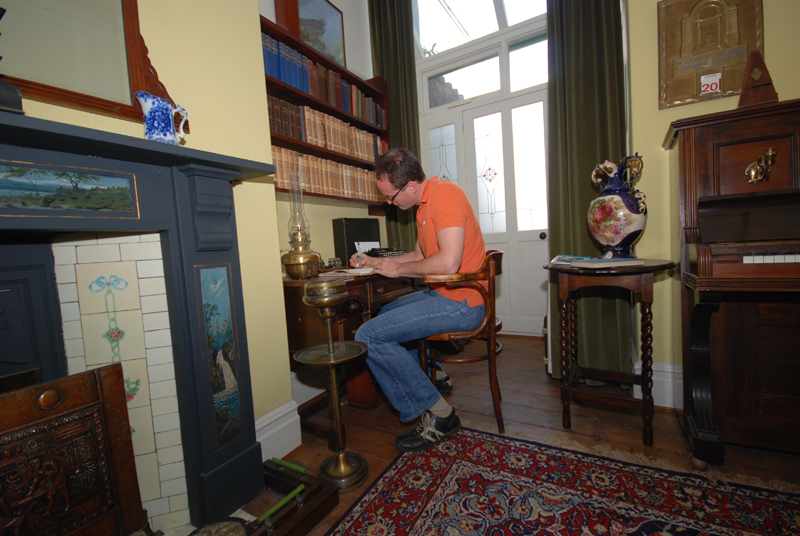
One thing you want to watch out for is cliche. Bad travel writing is full of “majestic mountains” and “stunning views”. A lot of that stuff gets edited out when I’m working on a book, because they slip in no matter how watchful I am. But cliches are just placeholders for when you have nothing original to say, or lazy writing. Really look at that sunset instead, and only write about it if you have something new to say. Watch for cliches when describing food, too. Come up with your own original way of writing about it instead.
I guess the best working rule is to be specific rather than generic. Capture details. Name things. Describe colours, smells, tastes and sounds. This especially applies to the beginning of your trip, when everything is fresh. Record what you see in as much detail as possible. You’ll come to understand what it means as you go along.
Write every day. The more you get into the habit of observing and recording, the better you’ll be at it.
Most of all, be honest. Scathingly honest. Capture the ups and downs, your deepest fears, most optimistic hopes, worst embarrassments and greatest successes. No one has to read it if you don’t want them to. And if you aren’t being honest with yourself, what’s the point?
Do YOU have a different method of journalling on the road? Please share your tips or ideas in the comments below, I’d love to hear them.

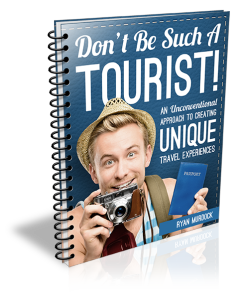
Get your FREE Guide to Creating Unique Travel Experiences today! And get out there and live your dreams...
